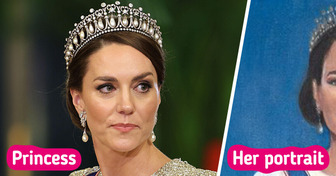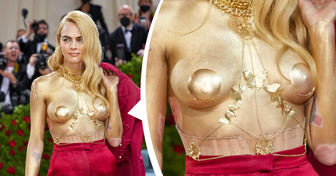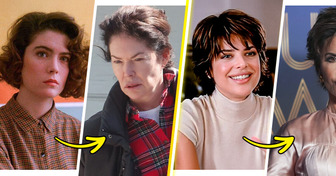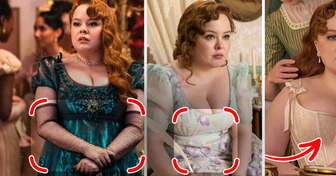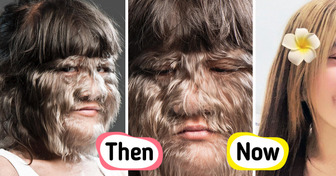16 People Who Thought They Found a Treasure, but Everything Turned Out to Be Much Simpler
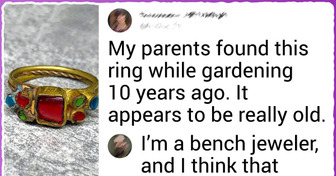
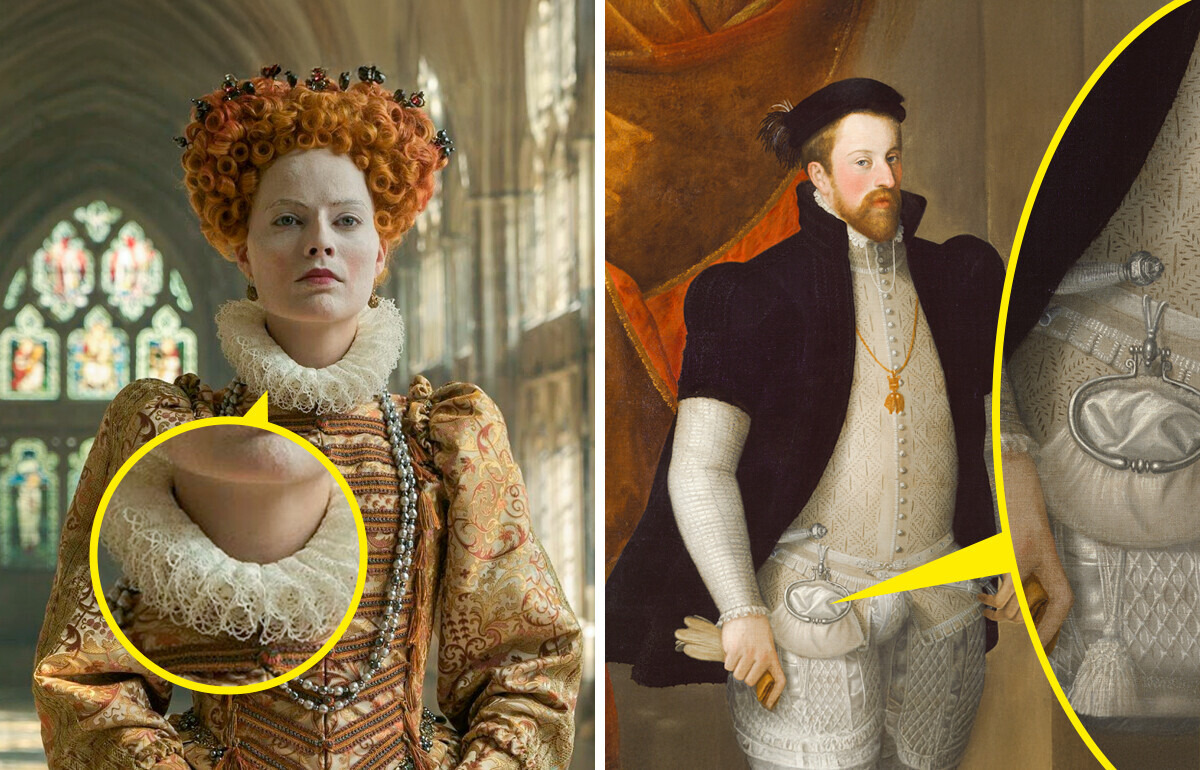
Throughout history, fashion has showcased garments that often appear extravagant or bewildering at first glance. From elaborate corsets to unconventional hats, these distinctive pieces once served specific purposes that may seem obscure today. Yet, beneath their striking designs lay practical functions or symbolic significance, which can only be fully understood within the context of their era.
The voluminous ruff collar became an important element of Tudor fashion among the wealthy. Not only did it complement the attire, but it also had a practical value. This meant they did not have to wash clothes. They were not soiled at the neckline, and the collar itself could be removed and washed separately from the doublet or dress.
Attentive movie watchers may have noticed that in the Old West, cowboys wear fringed leggings over their trousers, attached by a belt. This item of clothing is called chaps.
They were worn not for aesthetics, but for protection of the legs, as when riding through bushes and cactus, cowboys ran the risk of injury. In addition, chaps were usually made of leather, making it more comfortable for riders to sit in the saddle and not slip, which would be more difficult to do in normal trousers.
Dresses with voluminous gigot sleeves served two important functions. Like the medieval bliauts, they showed that a woman in such an outfit was incapable of carrying out any work, as she could not even raise her arms. In addition, thanks to the voluminous sleeves, the neckline, and the puffy skirt, the woman’s waist appeared narrower.
In historical portraits, a small purse resembling a woman’s reticule can often be seen attached to a man’s belt. This stylish accessory served as a substitute for pockets among fashionable men, providing a place to store money and valuables. To safeguard these belongings from pickpockets, men wore a short jacket or cloak over their purse. Access was only possible through a discreet side opening. As depicted in paintings, these purses were frequently adorned with embroidery, tassels, and lace, showcasing intricate craftsmanship and elegance.
In the Middle Ages, many women — and sometimes men — wore a garment called a “bliauts”, one of its distinguishing features being very long sleeves. They may seem impractical, but that was the point— with such clothing, people showed they were wealthy enough not to do any work.
During the Victorian era, all women, children, and the elderly wore nightcaps. By the early 20th century, they had gone out of fashion and became a sign of lack of taste, but by 1910, women started wearing them again.
A silk cap worn in the evening had the function of keeping the hair soft and shiny. In addition, it prevented the hair from tangling while sleeping, making it easier to comb the next day. There were also special versions of these caps, impregnated with fragrance, which left the hair with a pleasant scent when they woke up.
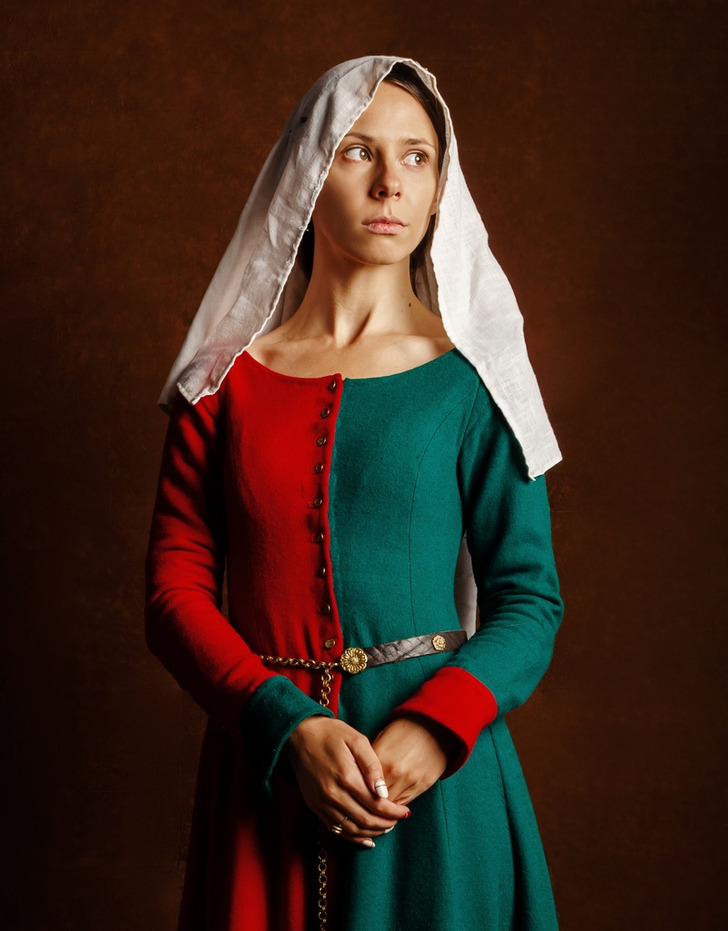
In medieval paintings, it is possible to see people wearing clothes divided vertically into halves of two different colors. These outfits are called mi-parti. 2 colors on the clothes meant that they belong to servants. Initially, the colors could determine the servant’s rank, and then they began to indicate for which particular family the person worked.
The tuxedo front was a collared chest insert that men wore with dinner jackets and business suits in the second half of the 19th century. At that time, businessmen had to wear suits every day but often did not have enough money to wash shirts regularly. Tuxedo fronts came to the rescue — they were easier and cheaper to wash than full shirts. They were even compared to make-up, as they also helped to hide imperfections.
The himation was a cloak worn by people in Ancient Greece. For women, it was not just a comfortable outer garment. Ladies would wrap themselves in the cloak from head to toe to hide embarrassment or overwhelming emotions.
Residents of the Azores Islands, which are part of Portugal, wore traditional capes with large hoods called capote and capelo until the 1930s. These coats were passed down from generation to generation and reflected the two main types of occupations of the residents. The coats were dyed blue —the export of blue dye became an important part of the islands’ economy— and the bonnets were kept in shape by a whalebone frame —whaling also played a large role.
When high collars became fashionable, women began tucking their hair beneath white caps. To prevent these headdresses from appearing too plain, they adorned them with pearl hairpins — but there was more to it than mere decoration.
Married women pinned the pearl on the right side, with one lady even commissioning a pin featuring a castle to symbolize her devotion to her husband. Engaged women wore theirs on the left, while single women were not meant to wear such pins at all.
The pin would usually peek out slightly from beneath the cap, allowing interested gentlemen to quickly determine whether a lady was available.
Don’t miss our other article, where we highlight extreme fashion trends from the past, revealing the astonishing lengths people once went to in the name of beauty.

